Queensland is still counting the cost of ‘ex-Tropical Cyclone Oswald’, with major flooding and damage to property and infrastructure right down the east coast.
Humans were not the only species affected, with seabirds being blown far from home by the wild weather during January 2013.
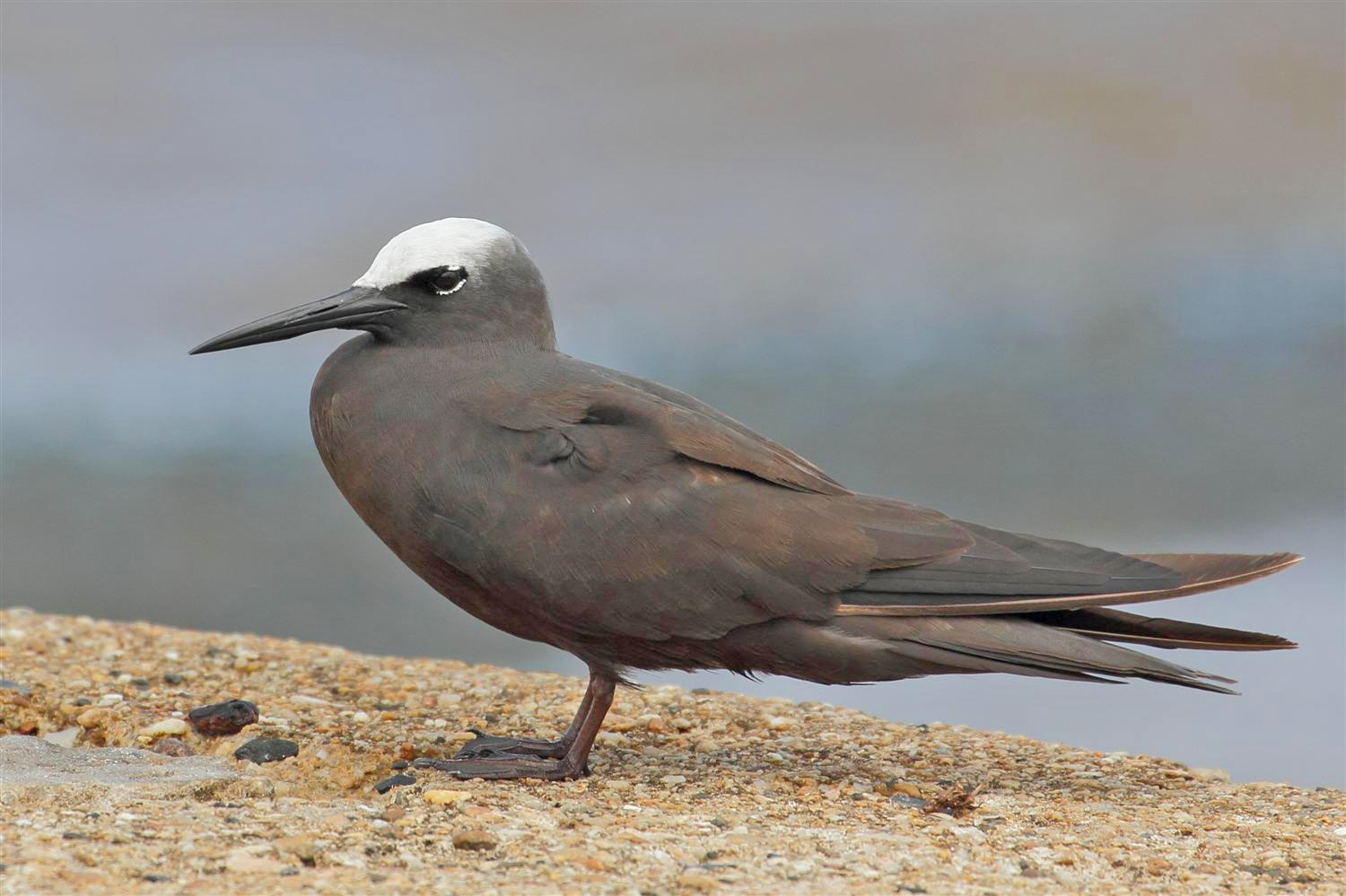
Black Noddy, photographed at Shorncliffe by Mike Peisley. Blown off course by Cyclone Oswald, this is a bird usually found on islands and cays, including the Capricorn and Bunker groups, the Great Barrier Reef, Norfolk Island and the Coral Sea. It’s a species that occasionally visits Stradbroke Island and eastern New South Wales.
In the Darling Downs area, a range of unusual species were recorded. Birds either seen flying or found exhausted included Wedge-tailed Shearwaters, Sooty Terns, White-tailed Tropicbirds, Frigatebirds and a Bulwer’s Petrel. The latter was a very interesting record — although there have been several confirmed sightings of Bulwer’s Petrels in Queensland over the years, this was the first specimen of this species obtained for the State, and only the second specimen for Australia.
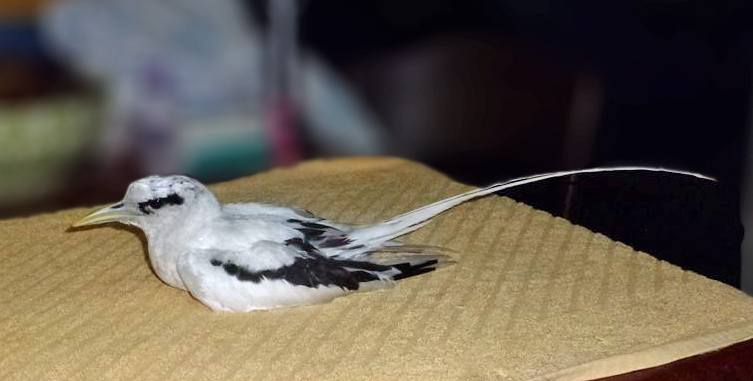
White-tailed Tropicbird, found in Toowoomba — a long way from ‘home’. This is a true ocean-going bird (pelagic), only coming ashore to breed. For eastern Australian birds, breeding takes place at Fiji – New Caledonia and the Tuamotu and Walpole islands. Photograph courtesy Mick Atzeni.
Toowoomba Bird Observers (TBO) president Mick Atzeni has been collecting records of the unusual sightings, adding to the group’s extensive database on the birds of the Toowoomba region.
“To see seabirds flying around paddocks and over local dams was a once-in-a-lifetime opportunity for most people,” said Mick. “It was bitter-sweet, because these birds were starving, exhausted, and lost.”
Wildlife carer Trish LeeHong cared for some of the exhausted birds, which stretched the resources of her always-busy and not-for-profit Wildlife Rescue, Rehabilitation and Education Association. Several were restored to health and released at Deception Bay.
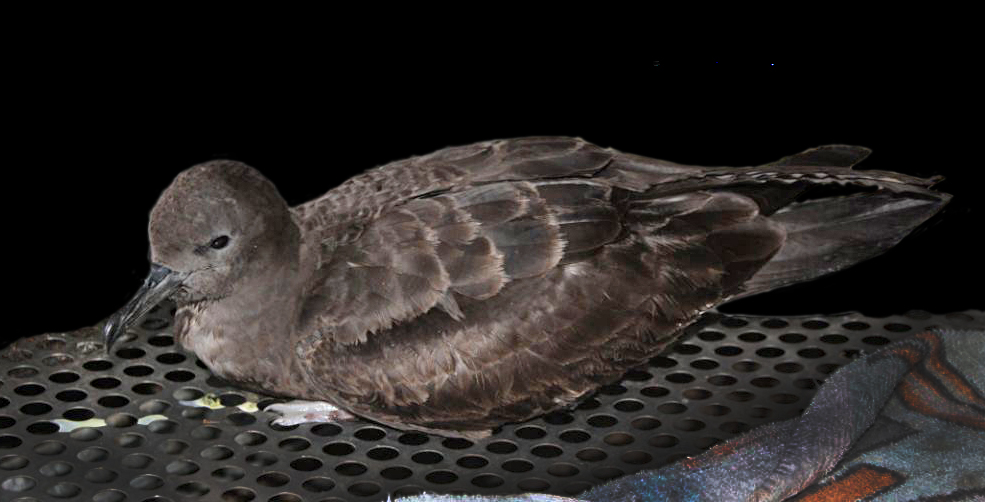
Wedge-tailed Shearwater, Toowoomba. The common ‘muttonbird’ of Queensland’s warmer coastal waters, responsible for the wailing, crooning sounds often heard at night on Great Barrier Reef islands (but usually not in the Toowoomba suburbs). Photograph courtesy Pat McConnell.
Mick reported that dead Sooty Terns were found in the middle of Toowoomba, at the Murphys Creek township and at Lockyer Siding, while a Wedge-tailed Shearwater was found in James Street near Clifford Gardens, Toowoomba. Exhausted White-tailed Tropicbirds were found at Meringandan and Withcott, while Sooty Terns and a Wedge-tailed Shearwater were seen flying over the Lockyer Valley by TBO members.
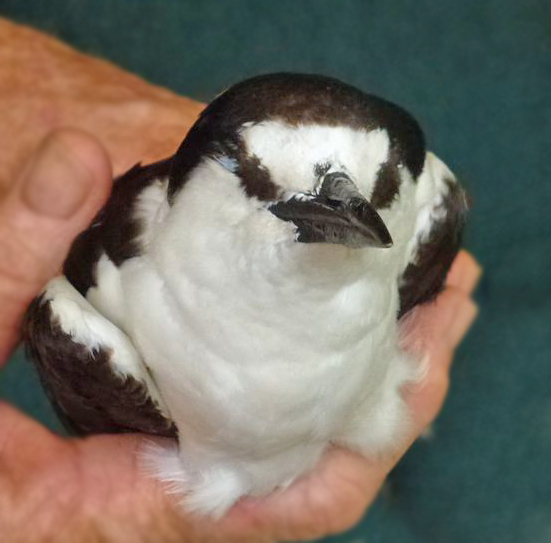
Adult Sooty Tern, Toowoomba. Also known as ‘Wideawake’, the Sooty Tern’s habitat is tropical and sub-tropical seas as well as islands and coral cays. Photograph courtesy Mick Atzeni.
“Wedge-tailed Shearwater and White-tailed Tropicbird are new birds for the official TBO bird list,” said Mick. “This was our first live record for Sooty Terns in the area we survey, as the only previous record was a dead one found on the Range Highway in 1976 (during a previous cyclone).”
The body of the Bulwer’s Petrel, which unfortunately died soon after being found, was lodged with the Queensland Museum at Southbank, where its identity was confirmed. Stored as part of the Museum’s natural history collections, the specimen will be valuable for future studies.
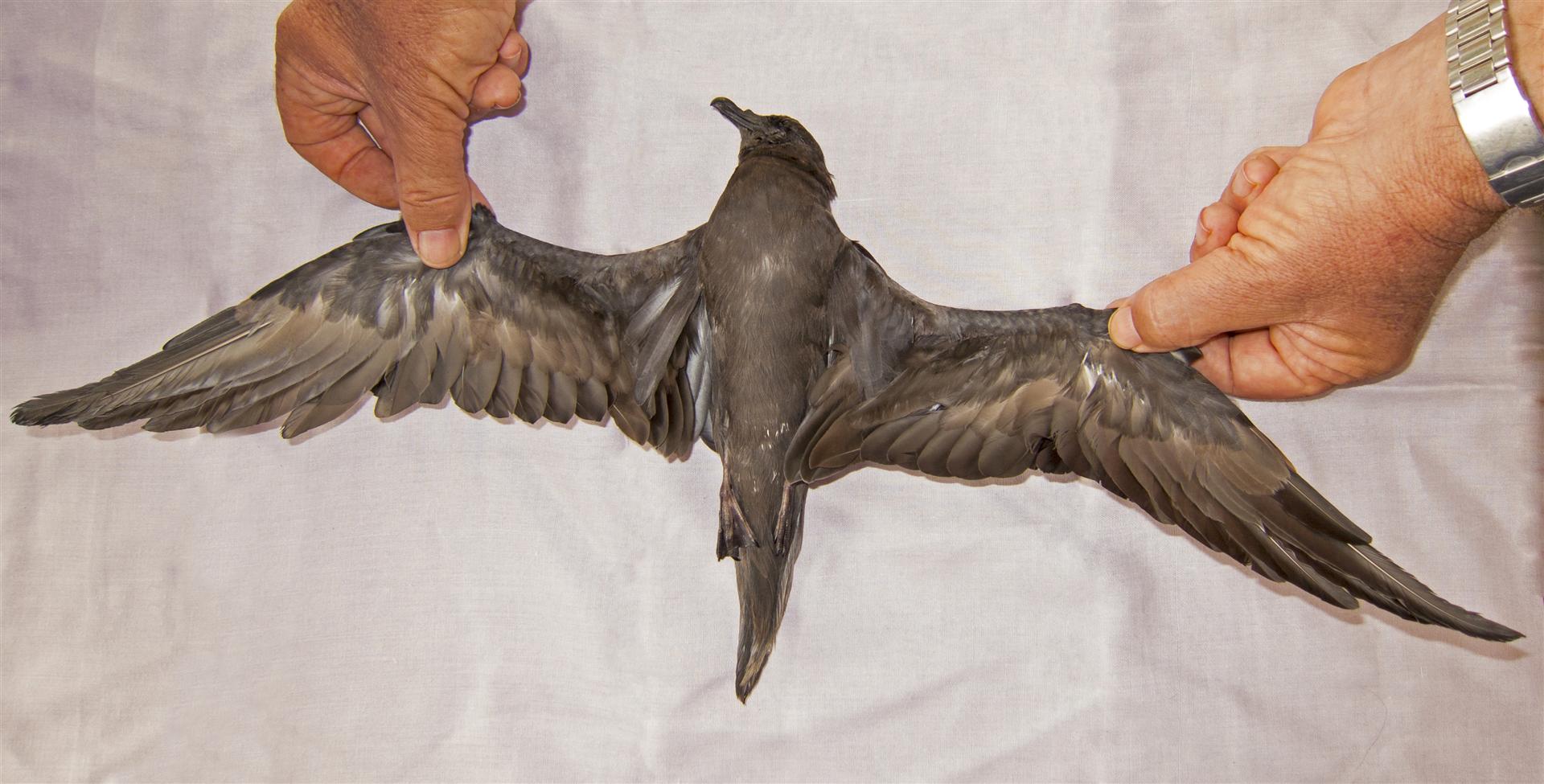
Bulwer’s Petrel, collected at the Oakey Army Base, on the Darling Downs. This small, sooty-brown seabird is found in tropical and sub-tropical waters around the world. Usually a solitary bird when at sea, this species gathers to breed on islands in the Pacific and north Atlantic oceans. Bulwer’s Petrels have only been sighted in Australian waters on several occasions. Photo R. Ashdown.
Ian Gynther, Senior Conservation Officer with the Department of Environment and Heritage Protection, spoke to the ABC about the Bulwer’s Petrel. “It’s only a tiny thing. When they’re not breeding they spend their whole life at sea — you could imagine the waves and wind they put up with at the best of times.”
“This is a prime example of how our knowledge of a bird that’s seldom recorded has been greatly increased by somebody with sharp eyes at Oakey,” said Ian.
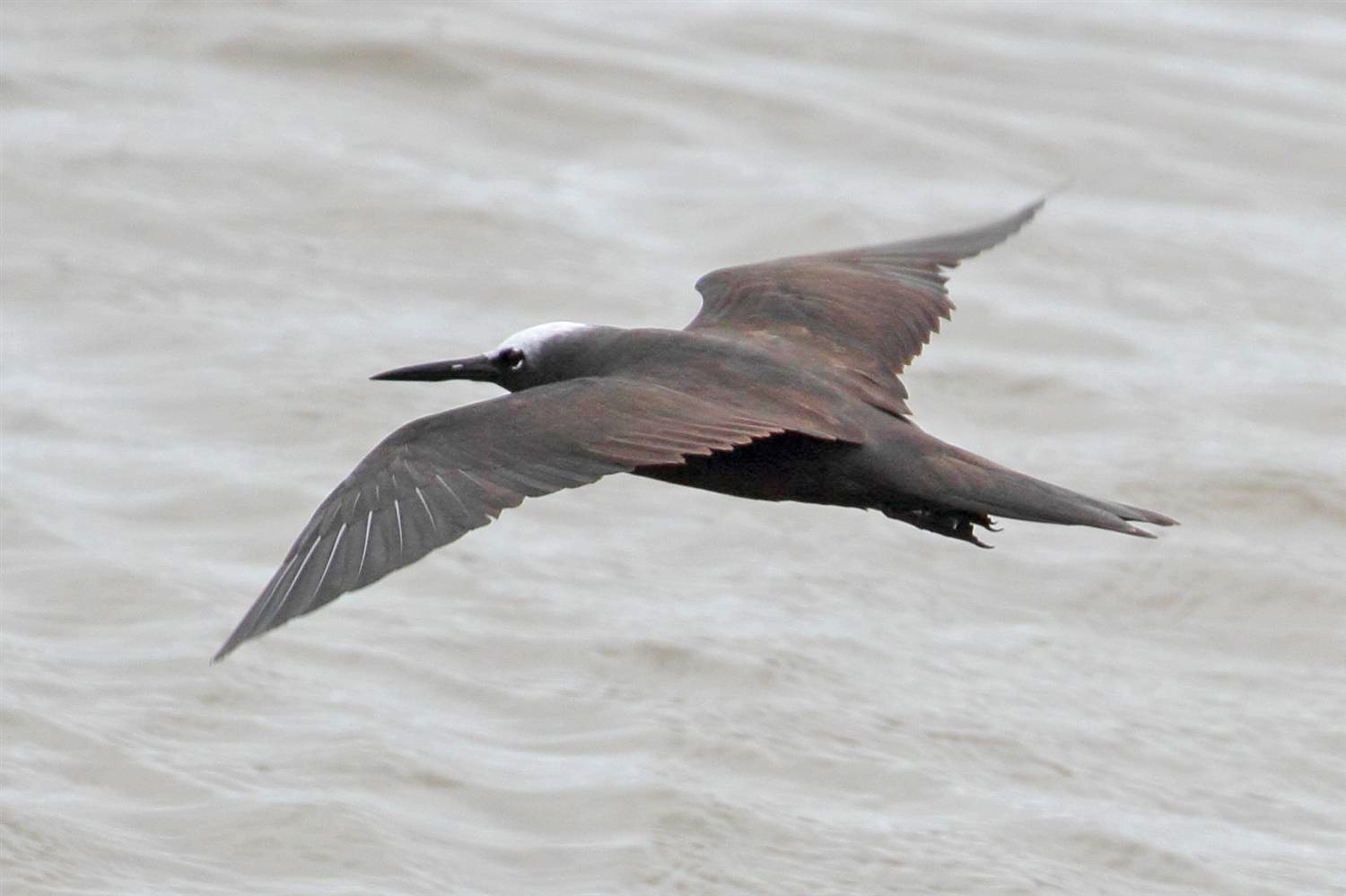
Black Noddy on the wing at Shorncliffe — grace, style and frequent flyer points. Photograph courtesy Mike Peisley.
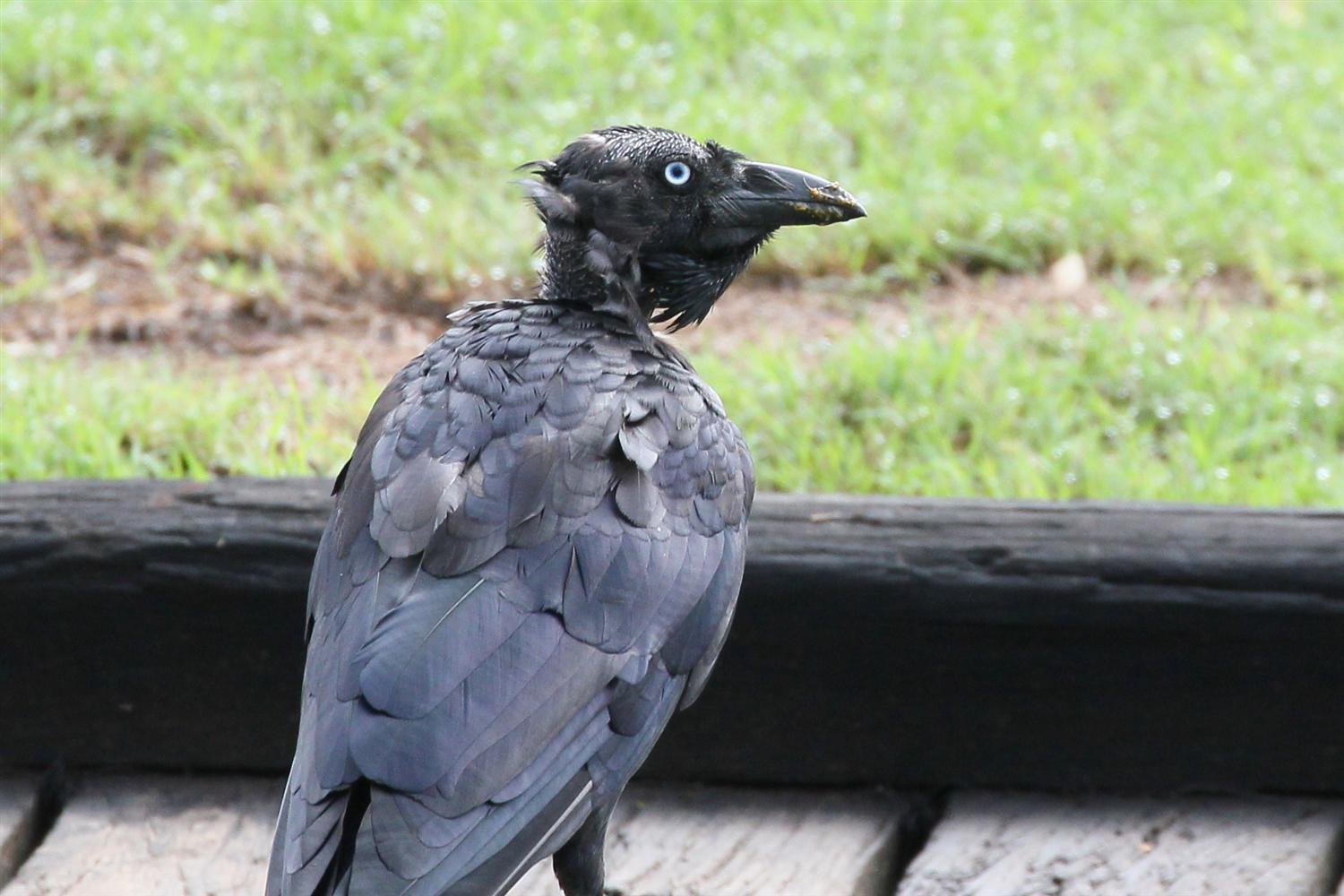
Hmmm … maybe not so much grace, but a survivor nonetheless. Storm-battered Torresian Crow, Shorncliffe. Photo courtesy Mike Peisley.
- Find out more about The Toowoomba Bird Observers.
Thanks to Mick Atzeni, Mike Peisley, James Hunt, Pat McConnell and Rod Hobson.

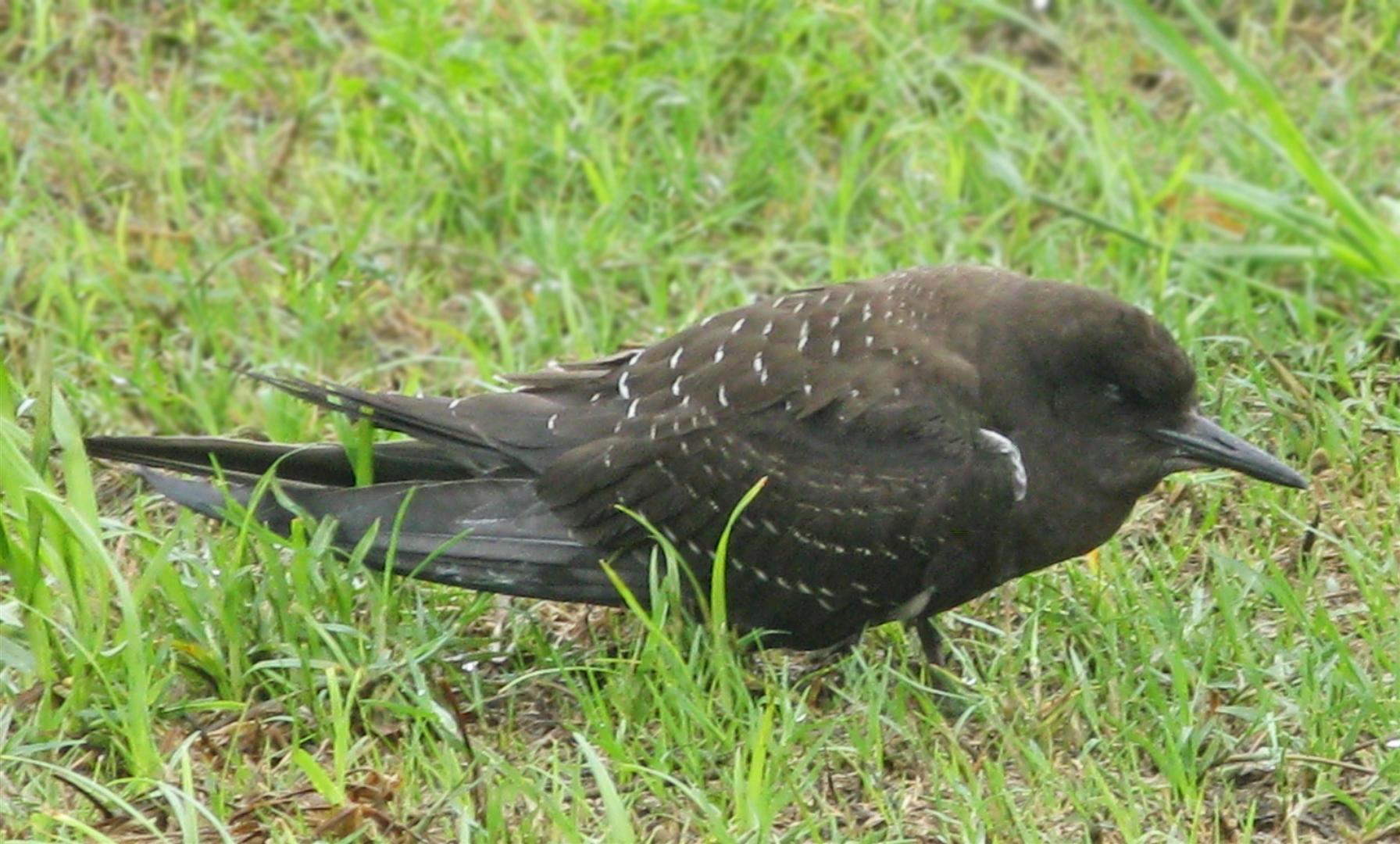
Very intersting post. I think we all too often overlook the impact of natural disasters on birds and animals.
Yes, I agree, it's not only people who get hammered by things like cyclones.
This is an excellent informative post. It's very tragic though. I wonder what we lost in places less visited. Proud of the work by the carers. Hope they can get more assistance.
Hi Russell.
Good point – even though these things are natural events, when so much of our wildlife is already struggling to survive it can make a big difference. An example was the impact on the Mon Repos turle rookery beach near Bundaberg, wher an estimated 46,000 turtle eggs were destroyed. ( http://www.abc.net.au/news/2013-02-08/cyclone-tak… )
Cheers, Rob
Rob,
I’ve read so many accounts on various sites about the Bulwer’s Petrel from Oakey as being “the first record for Queensland”, “the second only record for Australia” and all sorts of variations on the theme. To get it right this bird is the first specimen record for Queensland and second specimen record for Australia.
I stress the word “specimen”. There have been other records of this bird from Australian waters including Queensland but these have been sight records not specimen records. The first specimen record of Bulwer’s Petrel was of a dead specimen found by Martin Schulz at Discovery Beach near Portland, Victoria on 07th April 1991. The specimen is now held in the reference collection of the Museum of Victoria.
Here also are some more details regarding the first record of Sooty Tern from the Toowoomba area referred to above. I found this bird, which was a juvenile, dead on the down range section of the Toowoomba Range highway on the 25.01.1976. That bird was a victim of Cyclone David.
Regards,
Rod Hobson
Rob,
Add Bridled Tern to the above list of Cyclone Oswald waifs for Toowoomba. Found the frozen carcass of an adult bird in our (QPWS) freezer the other day whilst getting stuff ready for the Queensland Museum.
Regards,
Rod Hobson